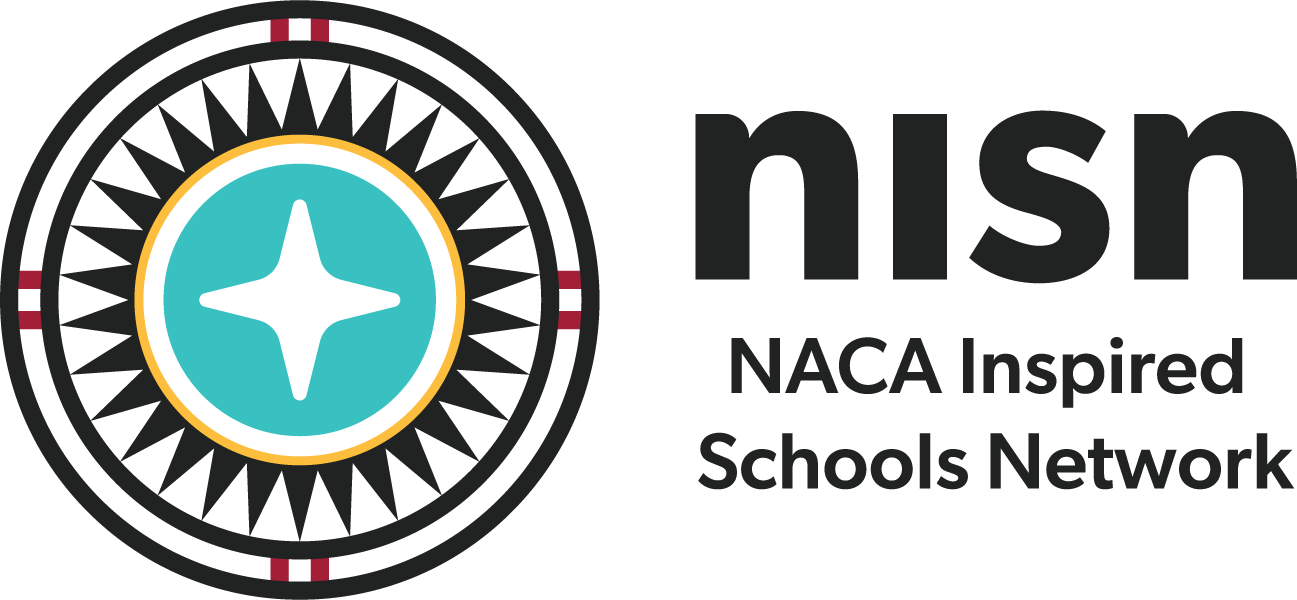Here are Seven 'Schools of Opportunity’ that 'show us a way forward’ - Valerie Strauss, Report (May 20)
Five years ago I began spotlighting the winners of an annual project called “Schools of Opportunity,” which recognizes high schools that work to close opportunity gaps by creating learning environments that reach every student. Here are the seven winners in the 2018-19 cycle.
The Schools of Opportunity project started in 2014 as a pilot in New York and Colorado, and went national in 2015-16. Several dozen schools have been honored in the program, which assesses a range of factors (see graphic above), including how well the adults in a school building provide health and psychological support for students as well as judicious and fair discipline policies, and broad and enriched curriculum.
Schools submit applications explaining why they should be recognized. Next year’s application cycle is already open, and if you know a potential School of Opportunity, please visit http://schoolsofopportunity.org/ to learn more.
In the following piece, Kevin Welner, one of the founders of Schools of Opportunity, explains what it’s all about and briefly describes the schools that won the latest cycle. In the coming weeks I will publish pieces on each separate school.
Welner is the director of the National Education Policy Center (NEPC) at the University of Colorado at Boulder and a professor specializing in educational policy and law. He was assisted with this post by Adam York, an NEPC research associate and Schools of Opportunity project manager; and Linda Molner Kelley, former assistant dean of teacher education and partnerships, and director for outreach and engagement at the University of Colorado Boulder.
By Kevin Welner, Linda Molner Kelley and Adam York
These schools make us smile. They give us hope for the future. They show us a way forward.
They custom-tailor college-preparatory curriculum by weaving their students’ language, history and culture into daily lesson plans. They turn problematic behavior into learning opportunities through a sincere and full embrace of restorative justice. They extend school hours with Saturday academies, after-hours tutoring, summer meals, and countless other activities and events that pull down the rigid, artificial boundaries that often separate learning and life.
They are the seven 2018-19 “Schools of Opportunity” recognized today by the National Education Policy Center at the University of Colorado Boulder. Founded five years ago as a pilot program in Colorado and New York, the Schools of Opportunity designation now recognizes high schools nationwide that have demonstrated an extraordinary commitment to equity and excellence.
These honorees do not cherry pick students using selective admissions or “push-out” practices that falsely inflate test scores and graduation rates by eliminating anyone who struggles with behavior or academics. Nor can these schools assume that their students enjoy privileges such as book-filled homes, often-costly summer enrichment experiences, or college savings accounts — or even housing and food security.
For these reasons, the Schools of Opportunity we’ve recognized vary tremendously in terms of the severely flawed measure of quality used by so many other evaluation systems: their students’ test scores.
Instead, these Schools of Opportunity deserve recognition because they use evidence-based approaches that close opportunity gaps. They address the educational factors that they can control with the students that they enroll. This means that they offer rigorous, engaging, and supported learning experiences in school, while going the extra mile to also ensure that their students enjoy the kinds of enrichment opportunities that many middle and upper-class families are able to provide outside of school.
These schools are not unicorns or outliers. They do not draw on extraordinary endowments or armies of volunteers. Nor can they eliminate, on their own, the thorny underlying problems of poverty and racial inequity that explain the lion’s share of the so-called achievement gap between historically higher and lower-performing students.
The devastating impact of these problems place them out of the control of any school, no matter how rigorous the curriculum or excellent the staff.
What Schools of Opportunity do offer, however, is a road map to making a real difference in students’ opportunities to learn in ways that other schools can and should be able to replicate.
Please join us in congratulating this year’s Schools of Opportunity, all of which have excelled by carefully nurturing a healthy school culture and developing learning experiences that are truly engaging:
Casco Bay High School in Portland, Me., is a showcase for the Expeditionary Learning model. It uses project-based learning, authentic assessments with real-world applications, and family-style groupings called “crews” in an inquiry-focused culture that emphasizes rigor, relevance and relationships. The school’s unique “Casco Bay Quest” program offers outdoor adventure learning to freshmen and juniors.
Clark Street Community School in Middleton, Wis., dramatically increased its graduation rates over a five-year period using an innovative approach that eliminates both grade levels and grades. Students of all ages attend thematic seminars developed around their interests. Multiple entry points and ways to demonstrate learning ensure that all students fully participate, including a significant number of students on Individual Education Plans.
Martin Luther King Jr. Early College in Denver carefully facilitates the ability of its diverse students to earn associate of arts degrees and industry certificates tuition free through an impressive array of postsecondary partnerships. Creative allocation of resources means that three full-time mental health professionals work on site with counselors and therapists from Denver Health. More than 70 percent of the school’s students use these and other dental, vision and physician services offered by the school and its partners.
The Native American Community Academy in Albuquerque, uses a holistic approach to education through integrated content that includes indigenous studies, storytelling, oral traditions, cultural history, Native languages, community presentations, service learning, and Native literature as part of a rigorous, college preparatory curriculum. All students are expected to complete two AP classes and two dual-credit courses prior to graduation. NACA emerged from, and is sustained through, deep engagement with the Native American families they serve.
Pocomoke High School in Pocomoke, Md., serves its community by cultivating one-on-one relationships with students plus a team approach that brings families, home workers from social services, local agencies and college representatives to the school. The Your60 program, staffed by all adults in the school including custodians, staff, community mentors and health representatives, carves out time during the school day in which students can choose coursework or activities that align with their individual interests and needs.
The Salt Lake Center for Science Education in Salt Lake City, focuses on project-based learning grounded in real-world issues such as water treatment and wildlife as well as rich arts electives and outdoor education available to all. Flexible schedules allow teachers to temporarily swap students for specialized instruction and offer students opportunities to pursue independent projects or internships with numerous community partners. Members of the school’s LGBT “Visible Light Club” offered a creative model of professional development for teachers on relevant issues to consider in their work with students.
Social Justice Humanitas in Los Angeles is designed around small learning communities that address broad, inter-disciplinary themes. Ethnic Studies has been part of the core educational program since the school opened. In addition to elective options for students to take Mexican American Studies and African American studies, all social studies classes use an Ethnic Studies framework as a foundation for building their curriculum, thus giving students access to four years of culturally sustaining learning opportunities. The school has virtually eliminated the need for suspensions by embracing restorative practices that address socio-emotional needs and that grow mindfulness.
Over the following months, The Answer Sheet will share more about each of these seven schools.
NEPC evaluates nominated Schools of Opportunity on 10 criteria, with each school choosing six to address in the application. As part of the comprehensive evaluation, recognized schools go through a six-phase review process that includes a self-assessment, criterion-based and holistic reviews by school district and university experts (including educators from schools recognized in the past), and site visits by project evaluators.

